New study finds coronaviruses are masters of mimicry, reproducing their host’s immune proteins to remain invisible and help promote infection.
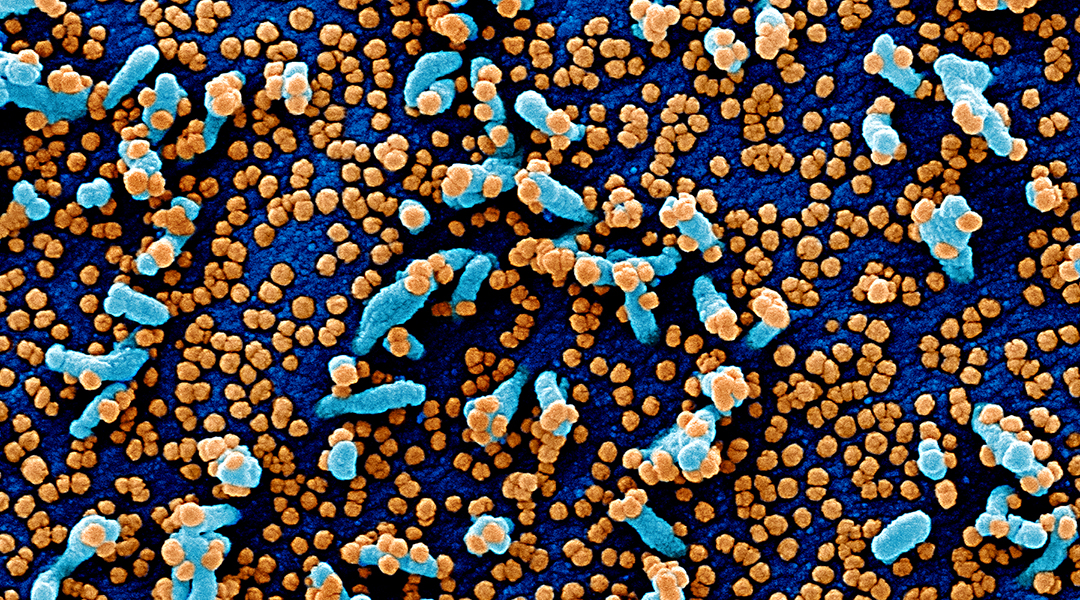

New study finds coronaviruses are masters of mimicry, reproducing their host’s immune proteins to remain invisible and help promote infection.
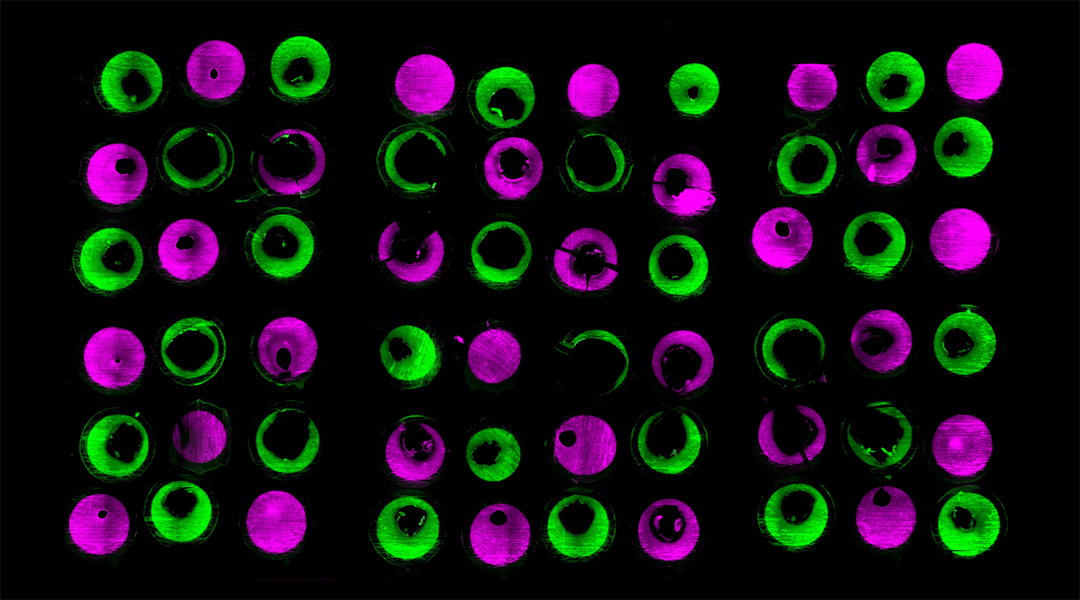
From micrometer-sized nanoflowers to hydrogel hearts, this edition of “This month in pictures” features more intriguing images from our journals and the science behind them.
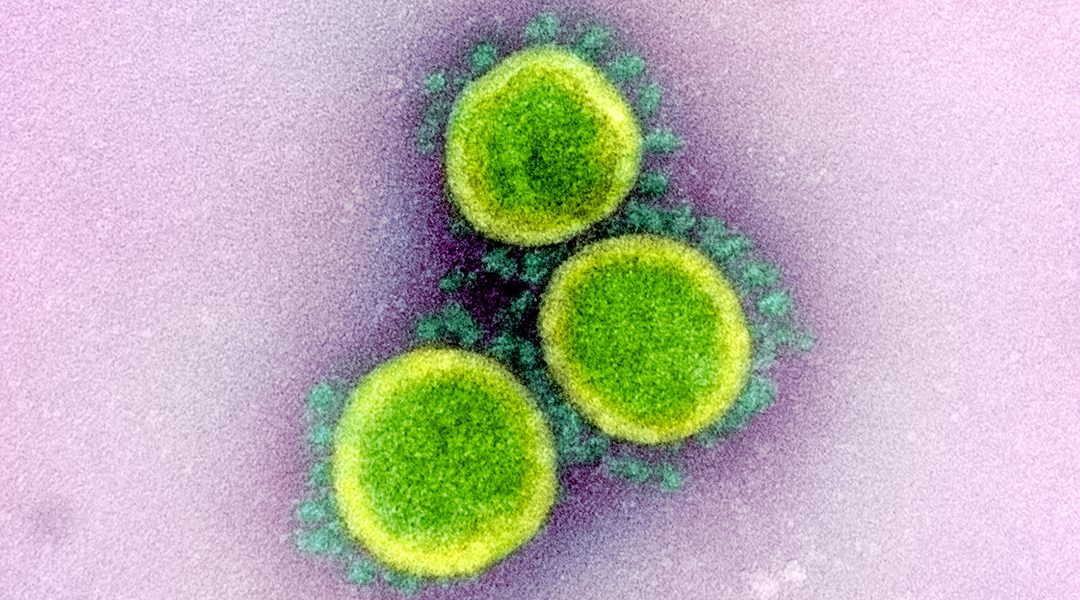
Researchers enhance the immune response against the receptor binding domain of SARS-CoV-2 by presenting it on liposomes, providing a promising strategy for vaccine development targeting this domain.
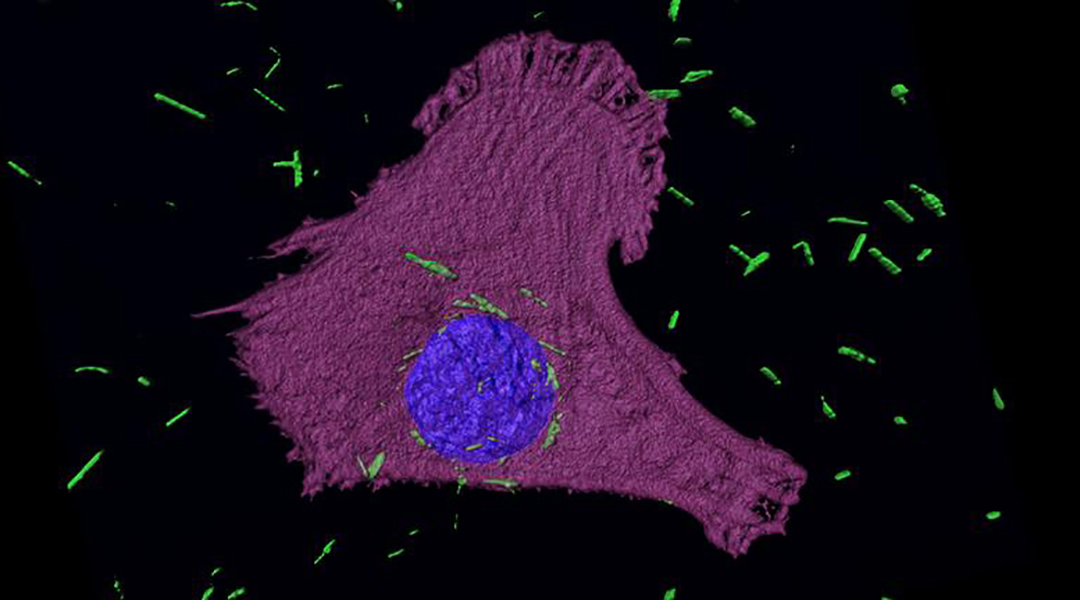
Researchers create a method to fine tune the properties of nanoparticles, making them a promising treatment for cancer.
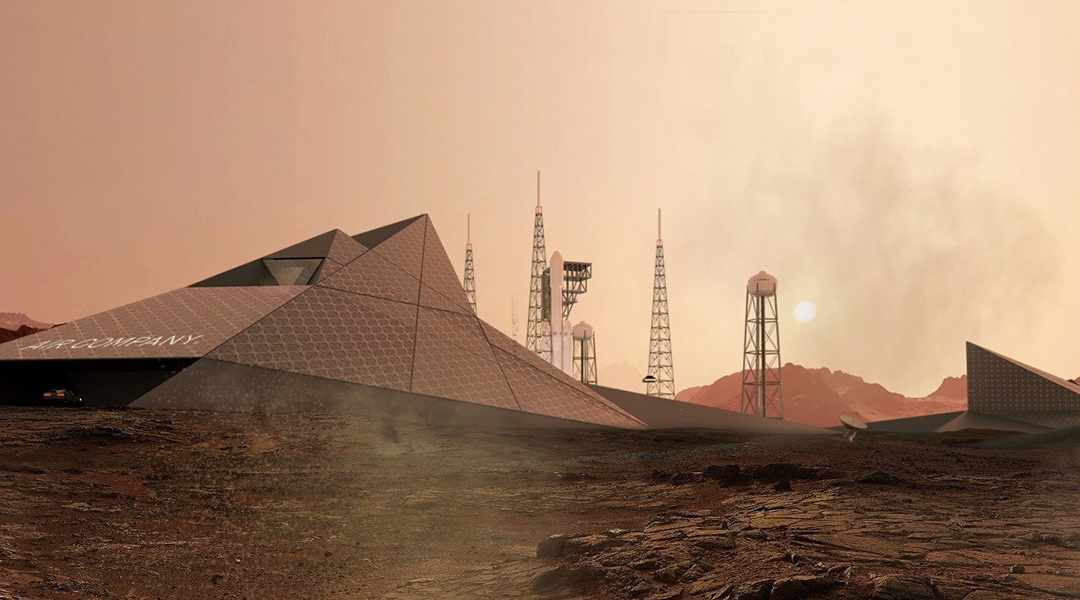
The chemistry of carbon dioxide may not save the human race on Earth, but could enable a new beginning for life on the red planet.
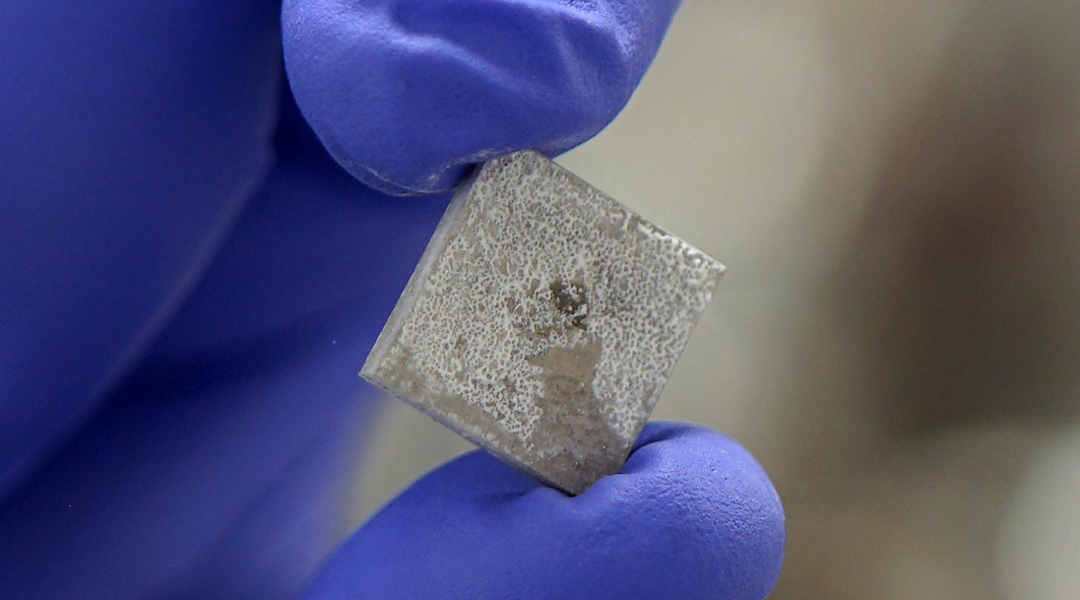
Superior coating performance achieved compared to existing clinical products, allowing better artificial bone synthesis and coating on the surface of metal and polymer materials.
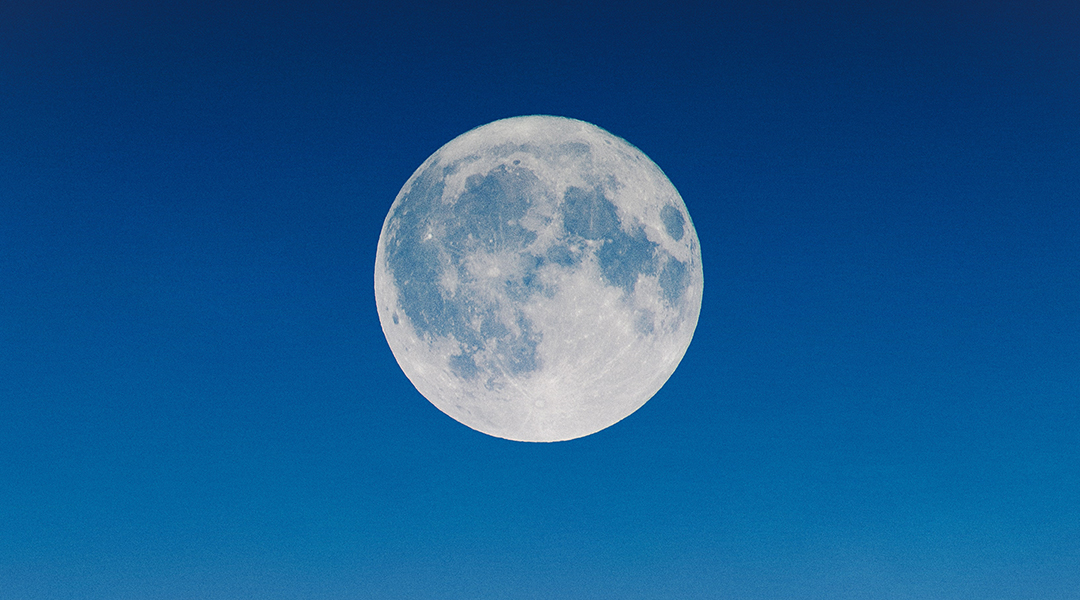
Tiny moon shadows may harbor hidden stores of ice.
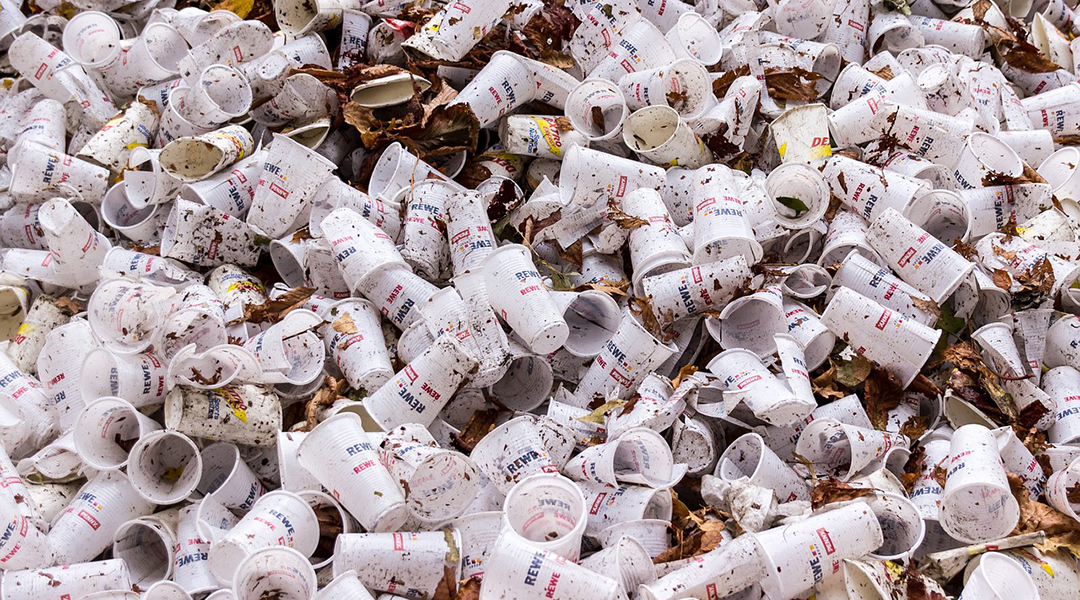
While plastic waste is an issue, its prominence in the general public’s concern for the environment is overshadowing greater threats.

Researchers have developed an innovative method to make advanced coating materials for “smart” sub-ambient radiative cooling in large-scale building applications.
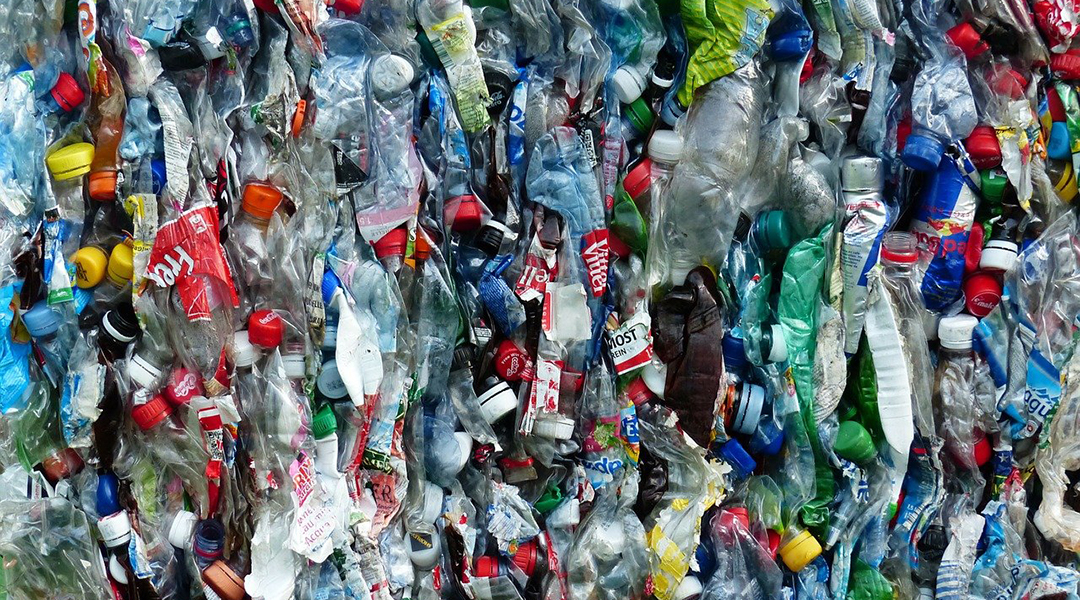
Researchers develop an efficient, low-energy method for upcycling polyethylene plastic waste into valuable molecules that can be repurposed for further use.